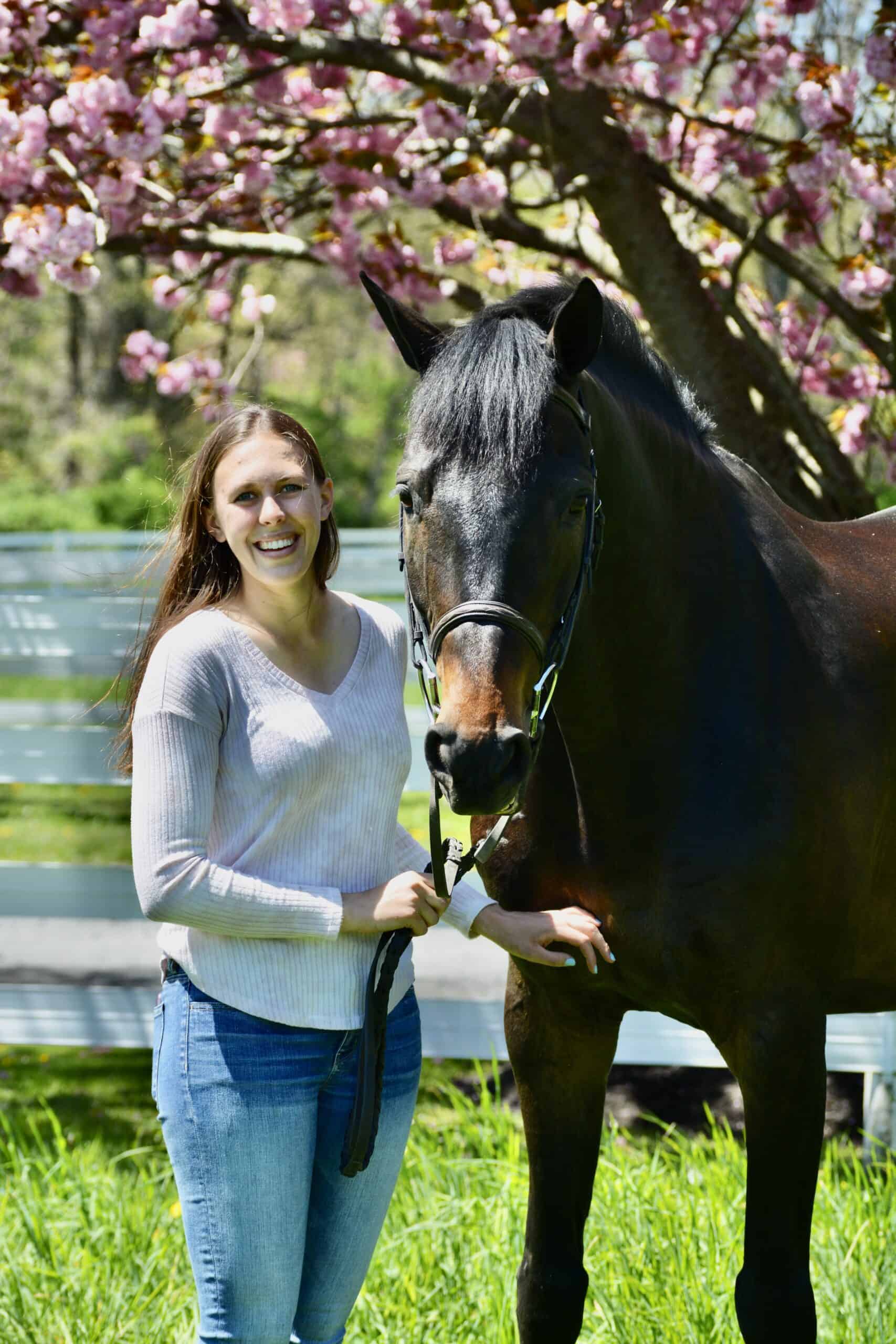Understanding Sport Horse Injuries to Limit Them

Muscle, tendon, ligament, and bone injuries are common in sport horses and associated with poor performance, days off from training, and welfare concerns. While it is impossible to prevent all injuries, riders, trainers, and owners can look for certain signs to reduce them. But first, they must first understand how and why they occur. Tim Worden, PhD, an equestrian sports performance consultant based in Ontario, Canada, presented on this subject at the Equine Regenerative Medicine and Orthobiologics Summit, held Oct. 3-25, 2022.
Worden noted that most injuries are due to either bad movement mechanics or poor training programs. “If the horse’s body is moving efficiently, and there is a good balance between the amount of work performed versus recovery methods, then there should not be many injuries,” he said. “When injuries do arise, it is important to examine the training program’s composition and how the horses are moving themselves- both in exercise and throughout their day.”
Injuries arise in two general categories. The less common cause of injury in sport horses is the acute overreaching injury, when the force applied to the tissue at a moment in time exceeds what it can tolerate. This can take place when riders and trainers misinterpret the readiness of the horse’s body to handle the task in front of them, most often when the training did not prepare the tissues for the stress of competition, said Worden.
More common is the chronic, or overuse, injury, which develops due to poor timing of work and recovery; the horse is not getting enough recovery time for the amount or level of work. This can also happen when trainers overlook biomechanical issues, allowing the horse to consistently work his body incorrectly and place excessive forces on tissues not designed to handle them.
Specifically, Worden said, many sport horse injuries are caused by:
- Inappropriate warm-up or stretching.
- Inadequate or inefficient patterns of movement.
- Excessive range of motion of a particular joint.
- A high magnitude of acceleration or deceleration.
- Excessive duration of activity.
- Extreme impact forces placed on body parts making contact with a surface or object.
Horses are also more likely to sustain injuries during training when moving from one phase to another (e.g. when switching from endurance training to speed training), changing the volume or intensity of work, recovering from a previous injury, or moving in a mechanically incorrect way. During these times, Worden emphasized the importance of working slowly to allow time for tissue capacity to increase. “If you progress slowly, you may take a few extra days or weeks to reach the end goal, but progress too quickly, and you may lose multiple months to an injury,” he said.
Tim Worden, PhD
Although each horse needs an individualized training recovery plan, Worden suggested the following timelines, based on human data. Trainers can use these as a general guideline, adjusted for each horse and their level of work:
- Small work effort: 12 hours of recovery time.
- Medium work effort: 12-24 hours of recovery time.
- Substantial work effort: 24-48 hours of recovery time.
- Large work effort: 48-72 hours of recovery time.
- Extreme work effort: 72 hours of recovery time.
Worden said monitoring horses daily can be one of the best injury prevention methods. “Look for nervous system and muscle fatigue after workouts to see how the horse responds to the level of work,” he said. “Keeping a diary can also be helpful for taking more detailed notes. The horse’s body and mind are telling a story- the trainer’s job is to pay attention to the plot and to be constantly tweaking the training plan to ensure the horse reaches the final destination unscathed.”
Riders, trainers, and owners can establish a daily system for movement evaluation by watching how the horse moves coming out of his stall for the first time each day, observing his movement during warm-up, and studying the horse in competition. “In the warm-up, watch the horse on different surfaces, at the posting and sitting trot, in collection and extension, and jumping,” said Worden. “At competitions, note if they struggle with certain jumps, change their lead at inappropriate times, or prefer landing on one lead over the other.” These can all be indicators of a horse at risk of injury and in need of additional recovery time.

Written by:
Haylie Kerstetter
Related Articles
Stay on top of the most recent Horse Health news with











